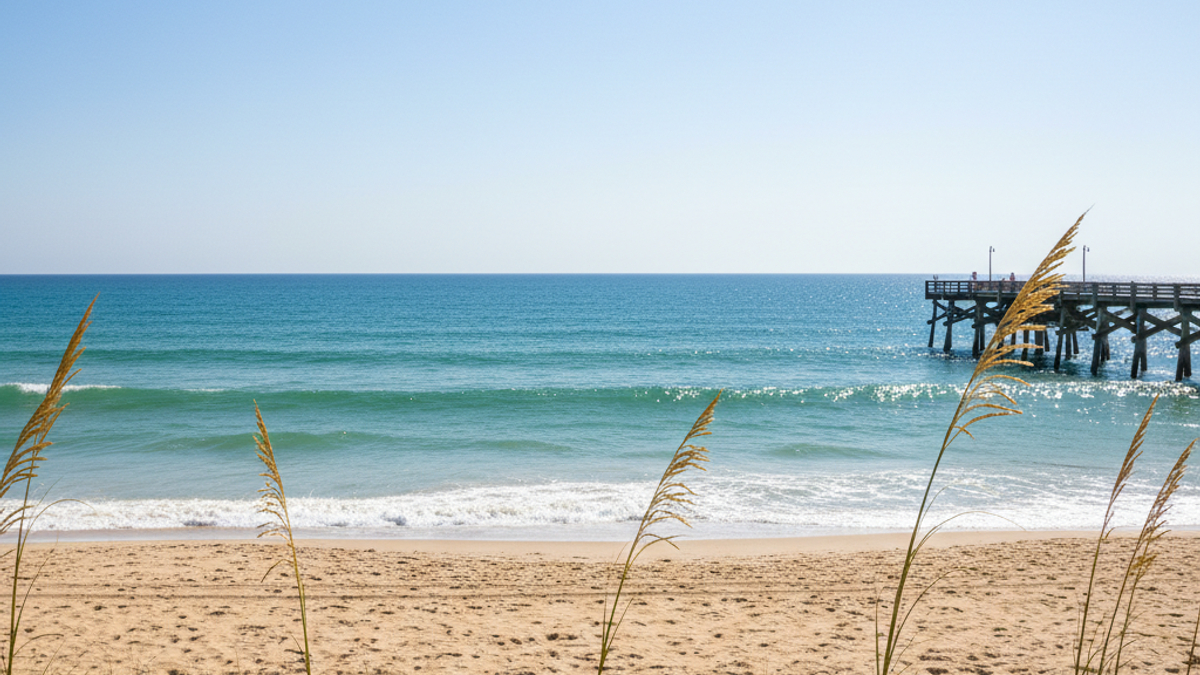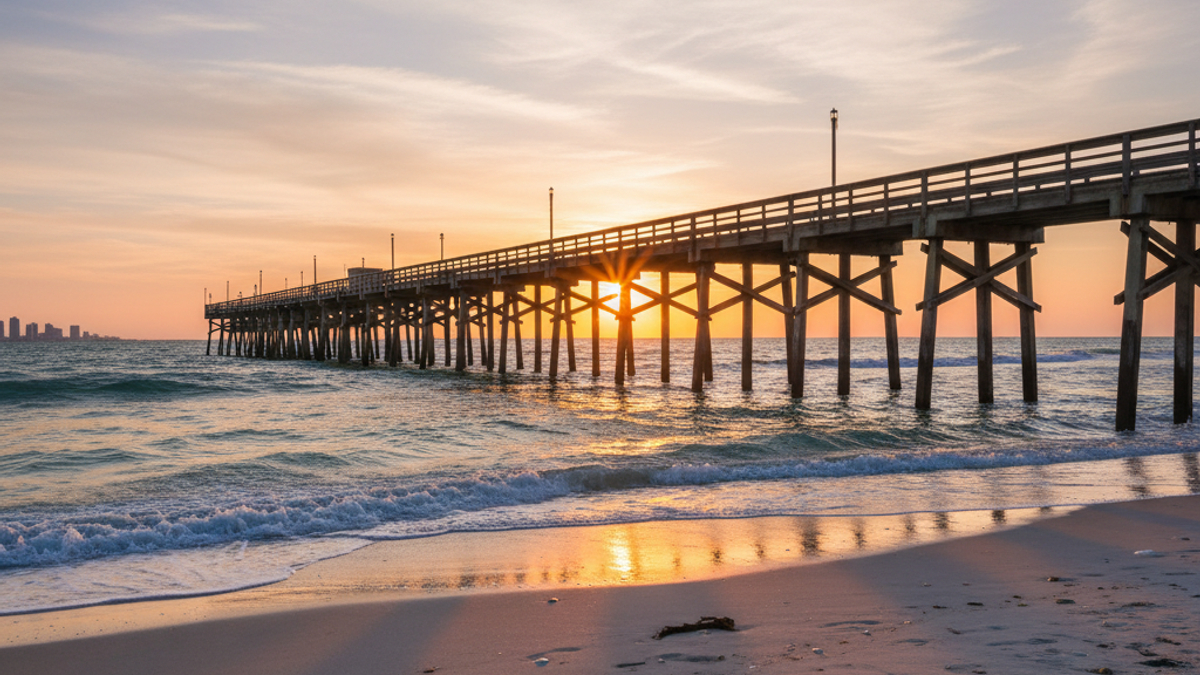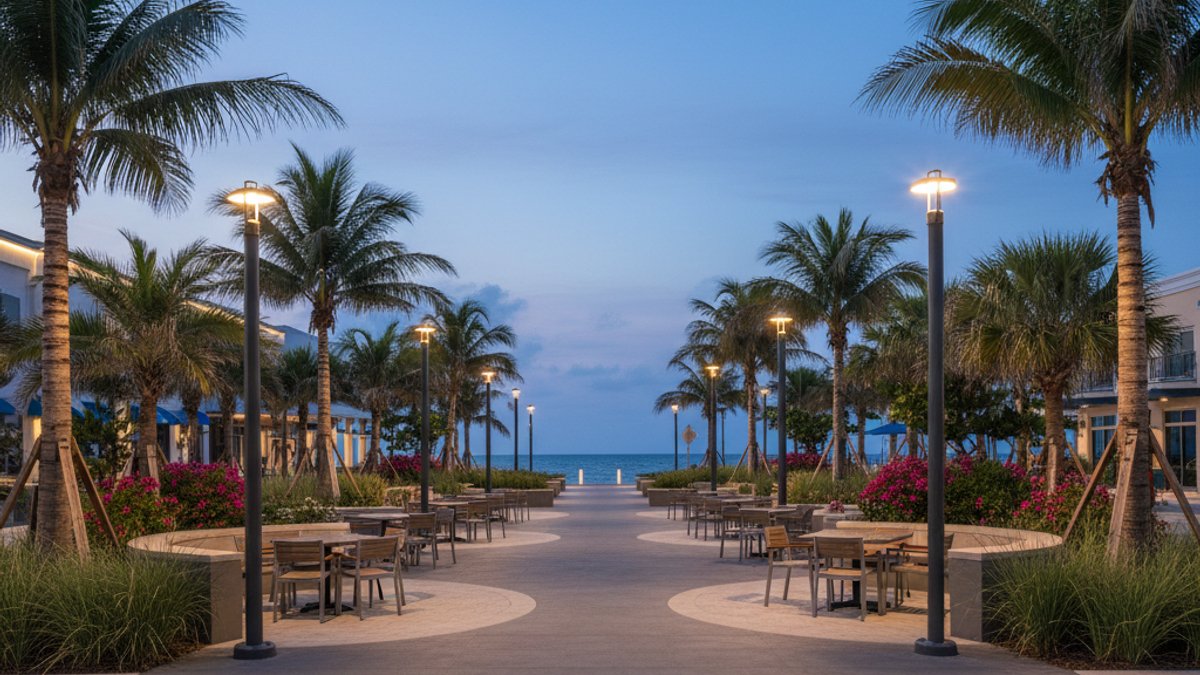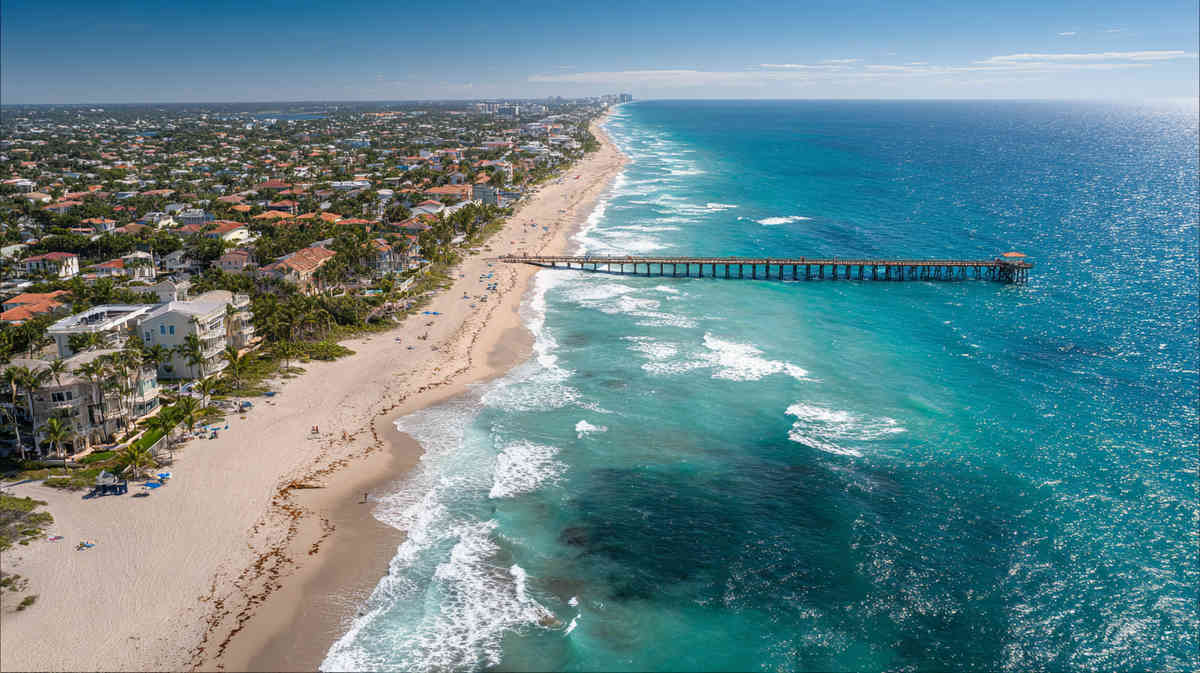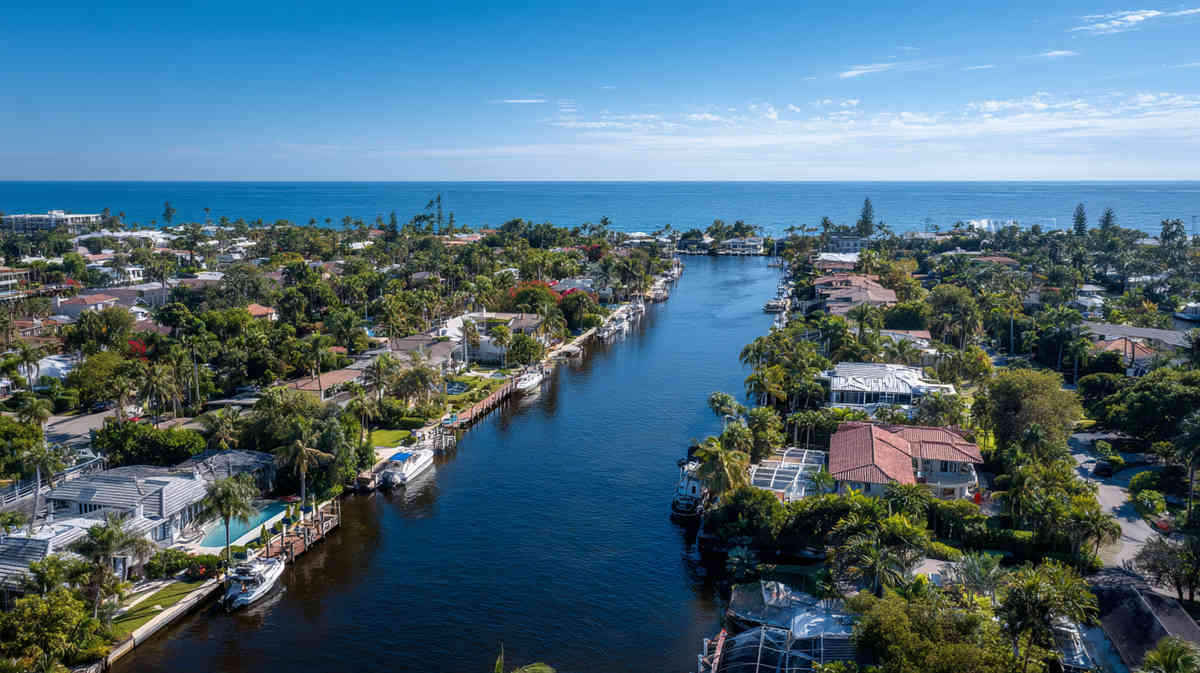You know the feeling. You pull up an online map, zoom in on Lighthouse Point, and begin scanning for the solid learning hubs that will shape the next chapter for your household. Grades, clubs, advanced courses, community vibe. You want it all, and you want it close by. The good news is that Lighthouse Point and its nearby neighborhoods punch well above their weight in the education arena. Below you will find the low-down on three stand-out campuses that keep showing up in conversation. Each name pops up for a different reason, so stick around, size them up, and decide which groove matches your crew.
A Quick Look at the Local Learning Scene
First, a bit of context. Lighthouse Point covers barely two square miles of coastal Broward County, yet it sits within reach of dozens of public, charter, and independent campuses. Small-town pace, quick hops to Boca Raton, Pompano Beach, and Fort Lauderdale. For households on the move, the location translates to choice. Some families lean public because of strong magnet programs. Others chase the tight-knit energy of a private campus. Either way, a short morning commute and a reputation for academic momentum rarely hurt.
Alright. Time to dive into three schools that locals keep raving about.
Lighthouse Christian School | Small Campus, Big Heart
What you will notice first
The white stucco buildings rest on a tidy corner at 2331 NE 26th Ave in Pompano Beach. Palm trees line the walkways, and the office staff greets visitors by name once they have seen you twice. The campus serves preschool through eighth grade, so the focus sits squarely on the foundational years.
Class sizes hover in the mid-teens. That means your child’s name shows up in every classroom conversation. Teachers mix traditional subjects with project-based work. Fourth graders build model bridges, seventh graders dissect shark biology, and middle-schoolers piece together a multimedia news show that streams during morning assembly.
Academic pulse
State assessments place the school in the upper tier for reading and math within Broward’s private-school set. Faculty members hold credentials in elementary education, special education, or subject-specific fields. Weekly enrichment rotates through STEM lab, Spanish language, art studio, and coding essentials. The administration keeps a close eye on progress charts but refuses to let test prep dominate the calendar. Report cards arrive alongside narrative comments that spell out next steps in plain English.
Clubs, sports, and stage lights
Even with a modest student body, after-school life stays lively.
• Flag football and volleyball take over the field every fall
• Basketball warms up late October and feeds into a regional Christian league
• Choir practices three times a week and lands a coveted slot in the December Holiday Boat Parade lineup
• Yearbook club, robotics squad, and a community garden team round out the choices
Friday afternoons sometimes feel like a carnival. Parents circulate with coolers of lemonade, coaches review game film, and the drama troupe sneaks in one last full-dress rehearsal before curtain call.
Street reputation
Ask ten parents why they picked Lighthouse Christian and you will hear the same phrase. Warmth with structure. They love the one-mile-wide social circle and the no-nonsense academic plan. Graduates often step into magnet middle schools or accelerated high schools already seasoned in public speaking and service hours. Alumni pop back on Veterans Day to play taps or read children’s books to younger grades. The loop feels personal, not transactional. If a tight weave of teachers, parents, and local businesses sounds appealing, pencil this campus onto your visit list.
Pompano Beach High School | Tradition Meets Tech
The basics
You will find this public magnet at 600 NE 13th Ave, roughly five minutes west of the Intracoastal. Built in the nineteen twenties, the original façade still stands, yet step inside and you could mistake the place for a Silicon Valley incubator. Touch-screen displays show daily announcements. Coding electives spill out of a freshly minted innovation lab. Grades nine through twelve walk these halls.
How the academics stack up
The Florida Department of Education assigns the school an A year after year. Average SAT scores hover above state and national figures. Advanced Placement choices lean heavy toward STEM, but you will also spot AP Art History and AP Capstone for the liberal-arts-minded. Dual enrollment agreements with Broward College let juniors rack up college credits without leaving campus.
Teachers push growth mindset culture. Students graph their own progress, set fresh targets every quarter, and conference one-on-one with mentors. During spring testing season the vibe stays calm because preparation took place in September.
After-school life that pops
Here is a quick sampler, and yes, it changes each semester.
• Thirteen varsity sports from soccer to beach volleyball
• A debate roster that placed top five statewide last year
• Marching band that lights up the halftime show at nearby FAU games
• Cyber-security club competing in the National CyberPatriot league
• Student government that runs a fledgling farmers market on weekends
Do you have a teen who cannot choose between football pads and film editing software? Good. They will probably end up doing both by junior year.
What the community whispers, loudly
Parents talk about opportunity pathways. The moment a student shows interest in aerospace or marine biology or digital design, a teacher pulls out a contact list. Internships at local marinas, shadow days at Fort Lauderdale airport, backstage passes to Art Basel. Security measures sit tight at entry points, and counselors weave social-emotional lessons into homeroom. No wonder the school sold out every seat on its last two parent-led campus tours.
A.D. Henderson University School and FAU High | High Gear From Day One
Two campuses, one pipeline
Drive twenty minutes north to 777 Glades Rd in Boca Raton, and you will stumble on a learning experiment that started back in nineteen sixty eight. A. D. Henderson covers kindergarten through eighth. FAU High picks up at ninth and places students in real university courses by tenth. The setup sits on Florida Atlantic University land, so college kids and high-schoolers share libraries, labs, and lunch spots.
Results that turn heads
The Chronicle of Higher Education called FAU High one of the most productive early-college models in the country. Students average more than two years of college credit before high-school graduation. Many secure research assistant posts next to PhD candidates long before prom season. Scholarship offers pile up each spring, and the alumni network spans tech startups, med schools, and NASA fellowships.
Club scene and culture
Even brainy teens crave downtime. The athletic department fields varsity teams in cross-country, tennis, swimming, and track, all training on Division One facilities. The performing arts wing stages musicals that pull standing ovations at the Carole and Barry Kaye Auditorium. Esports claims its own lounge with broadcast-quality rigs. For the globally curious, travel seminars head to Japan, Spain, or Washington DC, depending on yearly funding.
Voice of the stakeholders
Parents will tell you the workload is not light. Yet they also rave about the payoff. A sixteen year old who can hold her own in a university biomechanics lab often returns home buzzing with fresh discoveries. Students describe the culture as collaborative, not cutthroat. They tutor each other, publish research together, and cheer one another on at track meets. When senior year wraps, many already hold an associate degree and a thick folder of college acceptance letters.
How to Pick Your Best Fit
With these three powerhouses on the board, the real work begins. Here is a quick roadmap to keep your focus tight.
1. Map the commute
Traffic along Federal Highway feels different at 7:30 a.m. than at noon. Run the drive on a weekday, count the lights, gauge your stress level.
2. Book the tour
Websites show metrics. Hallways reveal culture. Listen for how staff address students. Watch body language during class change.
3. Grill the guides
Ask about teacher tenure, homework load, tech fees, fine-arts funding, volunteer requirements. One pointed question often uncovers ten hidden details.
4. Scan recent alumni stories
Do graduates thrive at local universities, launch startups, or pivot into trade apprenticeships? Results beat glossy brochures every time.
5. Trust your gut
Sometimes you step on a campus and just feel the spark. Do not overthink that instinct. It rarely misfires.
Ready to Make a Move?
The best schools in and around Lighthouse Point refuse to settle. They tweak curriculum, expand lab space, and nurture clubs that did not even exist five years ago. Your job is simple, though not always easy. Identify which environment will stretch your child without snapping them. Visit, observe, talk, reflect, decide.
When you finally circle a name on that enrollment form, you will not just be picking a school. You will be choosing early-morning car chats, weekend tournaments, science-fair bonanzas, and a community that rallies behind future success stories.
Need more intel or a quick intro to a registrar? Reach out. I spend most days helping newcomers weave into the Lighthouse Point scene, and I keep direct lines to each admissions office. Let us get you the answers you crave, so you can lock in that next great chapter with confidence.



